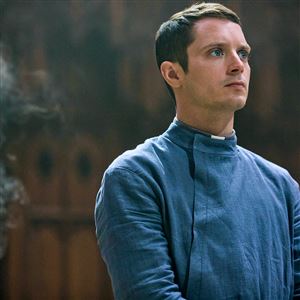

- Where us the church used in the movie the last witch hunter how to#
- Where us the church used in the movie the last witch hunter series#
Salem is an early example of what Miller saw around him and personally experienced in the 1950s-the communist witch hunts conducted by Senator Joseph McCarthy. Indeed, Miller uses witchcraft and the Salem witch trials as a metaphor for situations wherein those who are in power accuse those who challenge them of suspect behavior in order to destroy them. Many teachers use The Crucible alongside their discussion of McCarthyism. (Include at least one play by an American dramatist.) The McCarthyism connection They may evaluate how each version interprets the source text and debate which aspects of the enacted interpretations of the play best capture a particular character, scene, or theme.Īligns with .11-12.7 - Analyze multiple interpretations of a story, drama, or poem (e.g., recorded or live production of a play or recorded novel or poetry), evaluating how each version interprets the source text.
Where us the church used in the movie the last witch hunter how to#
Aligns with CCSS RL.11-12.3 - Analyze the impact of the author’s choices regarding how to develop and relate elements of a story or drama.
Where us the church used in the movie the last witch hunter series#
When Arthur Miller published The Crucible in the early 1950s, he simply outdid the historians at their own game.” The Crucible and the Salem witch trialsĮDSITEment lesson Dramatizing History in Arthur Miller’s The Crucible, offers an engaging series of activities for students to examine the ways in which Miller interpreted the facts of the witch trials and successfully dramatized them.



They observe, “For most Americans the episode ranks in familiarity somewhere between Plymouth Rock and Custer's last stand.” Moreover, they note that because of the trials' dramatic elements, “It is no coincidence that the Salem witch trials are best known today through the work of a playwright, not a historian. In their book Salem Possessed, Paul Boyer and Stephen Nissenbaum remark upon the prominent place the Salem witch trials have in America's cultural consciousness. My basic need was to respond to a phenomenon which, with only small exaggeration, one could say paralyzed a whole generation and in a short time dried up the habits of trust and toleration in public discourse." "It would probably never have occurred to me to write a play about the Salem witch trials of 1692 had I not seen some astonishing correspondences with that calamity in the America of the late 40s and early 50s.


 0 kommentar(er)
0 kommentar(er)
